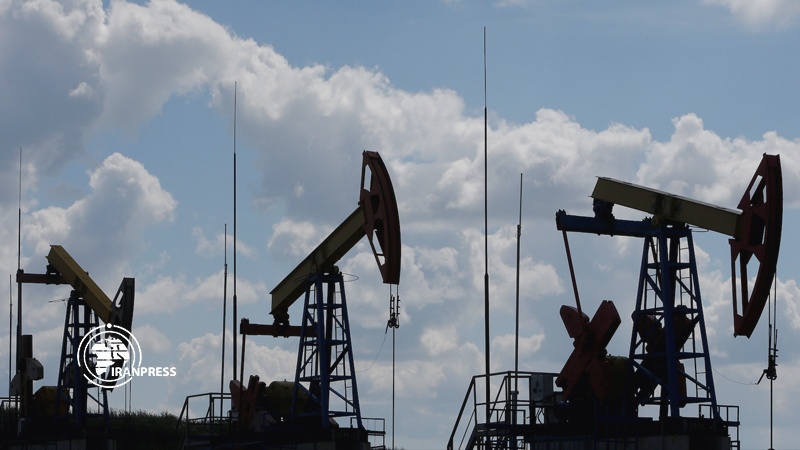Iran Press/Europe: The breakup comes at a time when oil demand is already severely weakened by the economic impact of the coronavirus outbreak. Prices have already declined by more than 25% since the start of the year, with benchmark Brent crude trading around $45 a barrel on Friday, Bangkok Post reported.
If the Saudis and Russians start to pump more in an attempt to protect their market share, prices could fall to $30 or below, say energy industry analysts.
Ministers of the Organization of Petroleum Exporting countries and their allies — known as Opec+ — left a fractious meeting in Vienna on Friday afternoon with no deal to continue restraining their output. That raises the specter of a price war at a time when the industry can least afford it.
“This is going to get nasty,” said Doug King, a hedge fund investor who co-founded the Merchant Commodity Fund. “Opec+ is going to pump more, and the world is facing a demand shock. $30 oil is possible.”
The market reaction on Friday was as vicious as it was swift. Brent crude prices fell 9.4%, the most since the global financial crisis in 2008. The spiral may not be over. Previous collapses in cooperation between Opec nations since 1960 have triggered punishing slumps that shaped the industry for years.
“This is an epic fail,” said Bob McNally, founder of Rapidan Energy Advisors.
The fate of the meeting was sealed when Saudi Arabia and other members of Opec threw down a gauntlet on Thursday, proposing an additional production cut of 1.5 million barrels per day (BPD) for the rest of this year — but only if Russia would join. Moscow, which had been arguing for less drastic action, held firm.
 Image Caption
Image Caption
The meeting exposed a fundamental disagreement between Russia and Saudi Arabia, previously so close that their relationship was recently described as a marriage. Moscow was content that the virus-induced drop in demand would push prices lower, a body blow to the US shale industry. Saudi Arabia, where the economy is less adaptable to low prices, disagreed.
There may still be time for reconciliation. Opec nations said the door was open to further talks. “We need to give Russia some more time and hopefully they’ll come back,” said Suhail Al Mazrouei, the energy minister of the United Arab Emirates.
But there didn’t seem to be much indication of that from Russia’s Alexander Novak, who left the meeting saying there would be “no obligations to cut output” from April 1.
That suggests Saudi Arabia and Russia could be about to drop all production restraints, reversing a 2017 deal between the two countries.
Asked how Riyadh would respond, Energy Minister Prince Abdulaziz bin Salman said, “I will keep you wondering.” His country can, on short notice, add 2 million BPD. Others, like the UAE and Kuwait, can pump a few hundred thousand barrels more a day.
Then there’s Russia, whose state-owned oil company Rosneft has been chafing under the constraints of the 2017 deal since it began. It could lift output by 300,000 BPD within weeks, according to analysts.
The situation has a few precedents in Opec’s 60-year history, and none of them are pretty.
In 1985, Saudi Arabia, after years of shouldering Opec production cuts nearly by itself, gave up and launched a price war. Prices collapsed almost 70% between November 1985 and May 1986.
The kingdom crashed the market again in 1997, its patience has worn thin by overproduction in Venezuela. In the next year and a half, prices fell by 50%.
104/219
Read More:
Iran's Zangeneh: Today's OPEC meeting, a worst in history
OPEC and non OPEC exporters fail to agree on supply cut
OPEC waiting for non-OPEC approval of historic output cuts
Ashkan Salehian

